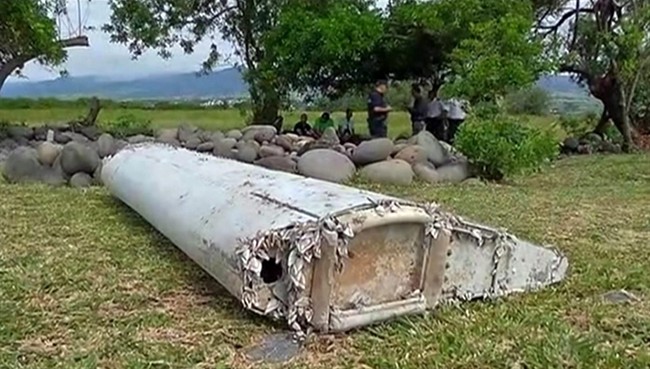GENEVA – A deal reached at a U.N. meeting on Wednesday opens the way for satellite tracking of airliners, a major breakthrough motivated by the mystery disappearance of a Malaysia Airlines jetliner last year.

The agreement allows nations to set aside radio frequencies so that airplanes can be tracked by satellite — not just from the ground.
Under current radar-based systems, the movement of planes is monitored by land-based systems, leaving around 70 per cent of the world’s surface uncovered, according to the International Telecommunications Union, the U.N. communications agency.
READ MORE: French investigators confirm wing part is from Flight MH370
Modern planes that can send what are known as Automatic Dependent Surveillance-Broadcast, or ADS-B, signals to the ground are now on track to send signals to satellites too — with implementation expected by 2017.
The accord to set aside the 1087.7-1092.3 MHz radio frequency for satellite tracking of planes came at the World Radiocommunication Conference, an international gathering organized every four years by the ITU. International civil aviation regulator ICAO has pushed for satellite tracking of aircraft, as long as current safety measures aren’t jeopardized.
“The WRC’s action today will enable better tracking and location of aircraft that otherwise could disappear from terrestrial tracking systems,” said U.S. Ambassador Decker Anstrom, who is leading the U.S. delegation at the conference. “This is an excellent example of the ability of nations, working through the ITU process, to take action in improving peoples’ lives.”
The March 2014 disappearance of Malaysia Airlines flight 370 with 239 people on board exposed weaknesses in worldwide air navigation systems. Debris from the Boeing 777 was found in the Indian Ocean in July.
Officials praised the relatively quick work toward improving the ability to track planes. Shortly after the plane vanished, Malaysia’s communication minister urged the ITU to help find new ways of transmitting flight data in real-time. In May 2014, ICAO called for quick action to allocate the spectrum so that satellites could help track planes in the future.
ITU Secretary-General Houlin Zhao said the agency has “responded in record time to the expectations of the global community on the major issue concerning global flight tracking.”





Comments